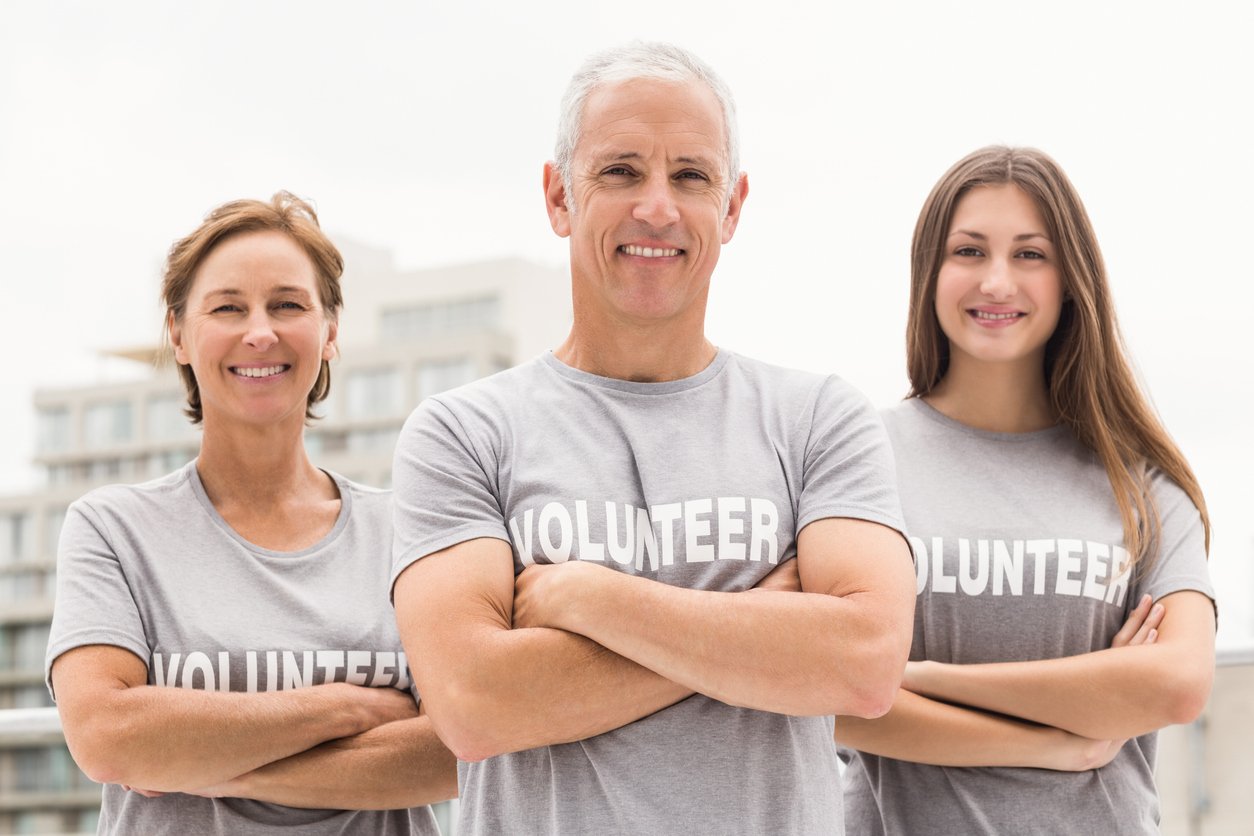Moving from discourse to practice in this area is essential. So is experimenting and learning. The Calouste Gulbenkian Foundation has opened a call for young people aged 20 to 28 interested in joining the CAM (Centro de Arte Moderna | Modern Art Centre) Youth Advisory Board for 2023/24. It's not the Foundation's first initiative in this direction, we'll get to that in a moment, but this one is also very interesting, and we'll want to find out more about it in the near future. This is a clear opening up and integration of a stakeholder that the Foundation has chosen as indispensable: today's young people.
Where does this concept of stakeholder come from? What does it mean? How does it fit into non-profit organisations? How is it put into practice?
In 1984, R.E. Freeman published his famous book Strategic management: a stakeholder approach. Here he proposed a management approach, which later evolved into what he called "a stakeholder theory of the modern company". Breaking with the privileged, almost sacred link between managers and shareholders, Freeman proposed that managers adopt a fiduciary relationship with all stakeholders, that is, with all groups that have an interest in the company (or organisation, to use a more general term). And he listed, in a narrow view, what the stakeholders were: customers, employees, shareholders, suppliers, the local community, and management as an agent of these groups. In a broader view, he added competitors and the government. Thus, he argued, each of these groups has the right to be treated not as a means, but as an end in itself. And precisely for this reason, he says, they should participate in determining the future direction of the company in which they have an interest. Accepting that, at certain times, one stakeholder benefits more over another, the task of managers is to maintain the greatest possible balance in relations with everyone. An arduous but necessary task.
The list of stakeholders can be extended, or multiplied, and in the context of non-profit organisations this is inevitable. Let's take the example of clients. In these organisations, in addition to the beneficiaries (clients), we must include the funders (clients), who can be private donors (individuals or private for-profit or non-profit organisations) or public funding bodies, and the payers (clients), in all situations where the payer is not the beneficiary (for example, children paying for their parents' home, parents paying for their children's schools).
Let's focus on just one of these stakeholders in a social organisation - the beneficiaries. How can we involve them? There's the challenge of involving children, the elderly, the disabled, the homeless, etc. If we want to listen to these audiences, we have to adapt the tools and methodologies as best we can, anticipating the challenges and surprises. But let's put it this way: we don't involve for the sake of involving and because it's good to involve; we involve because when we design the strategy for the following years or when we design a new service, for example, we can't do it sitting at our desks, believing that our introspective organisational view is enough for us to do a good exercise, which will in the end result in an organisation at the service of those it wants to serve. Even if we bring together people from the organisation, from different departments and backgrounds of experience and training, this inside look is not enough. If we are an organisation for the common good and for others, for our clients or beneficiaries, we have to call on them, involve them and listen to them. Really listen, asking the right questions, but also giving them all the information they need, without conditioning them.
"we don't involve for the sake of involving and because it's good to involve; we involve because when we design the strategy for the following years or when we design a new service, for example, we can't do it sitting at our desks"
So let's take a look at what Gulbenkian has done and is doing to involve young people in shaping the Foundation's destiny. In 2019, Gulbenkian launched the Gulbenkian 15\25 initiative with the aim of increasing youth participation in its programming. It was a pilot within the European project ADESTE+, co-funded by Creative Europe, and based on the collaboration of various departments at the Foundation - Music, Garden, Communication, Marketing and CAM. The initiative then gave rise to two projects, one in the area of strategic reflection on the Foundation's activities - Gulbenkian Participa, and the other in cultural collaboration and co-programming - Gulbenkian 15\25 Imagina.
In Gulbenkian 15\25 Participa, between January 2020 and February 2021, a group of young people were challenged to reflect on the present and what they envisage for the future, with the aim of enhancing the decisions made during the Foundation's strategic planning.
In Gulbenkian 15\25 Imagina, the Foundation promoted the involvement of a group of young people with the aim of integrating their perspectives into the programming, going through various phases with them: (1) Training: thought-creation and dialogue; (2) Programming design: ideation and research; (3) Programming implementation: realisation and production; and (4) Reflection on a process and production of a record/memory.
CAM's Youth Advisory Council is the next step on this path. It will be very interesting to hear testimonies in the future. To inspire others to replicate.
*sentence by Andreia Dias, Head of Programming for Schools and Families at the Calouste Gulbenkian Museum, in a video on the Foundation's website.



